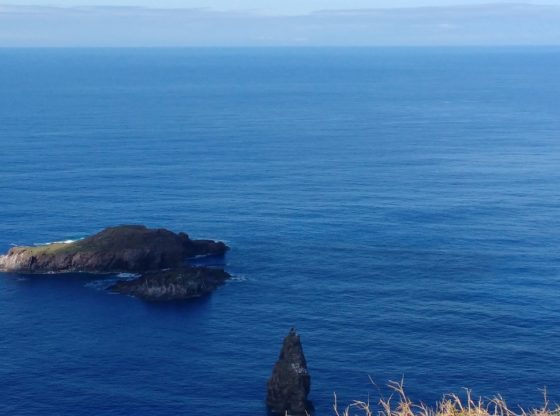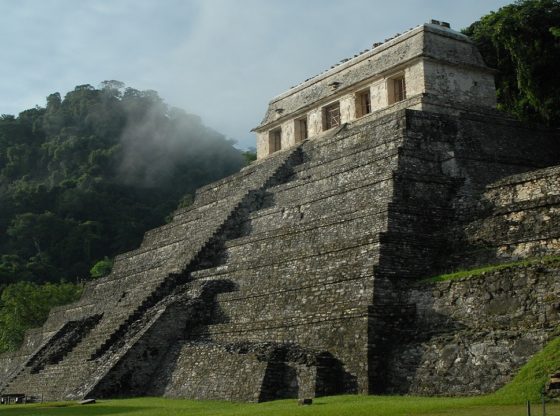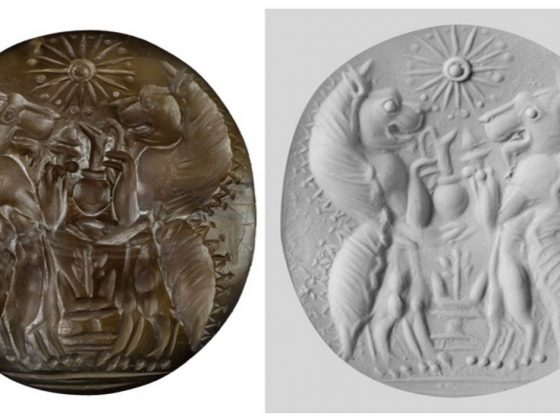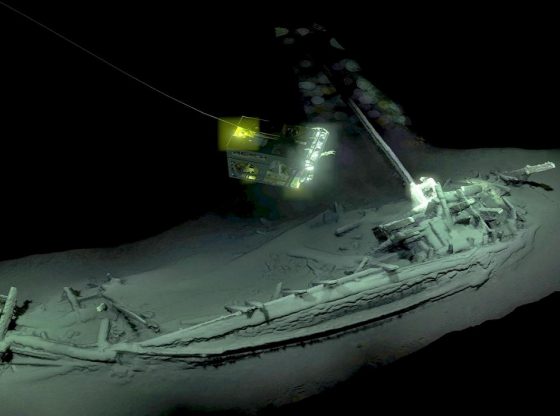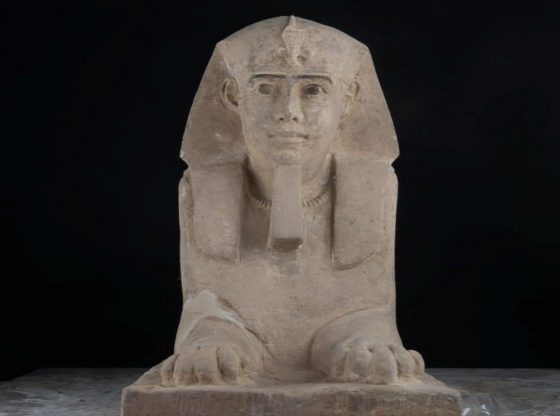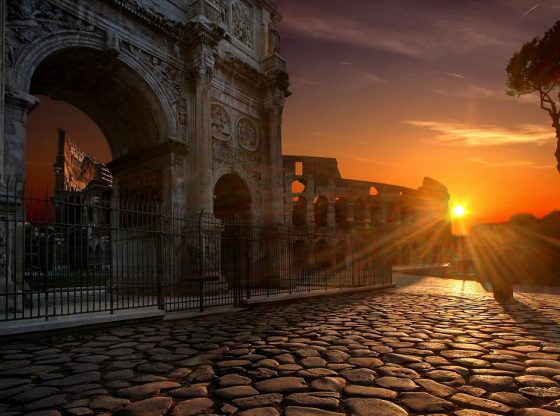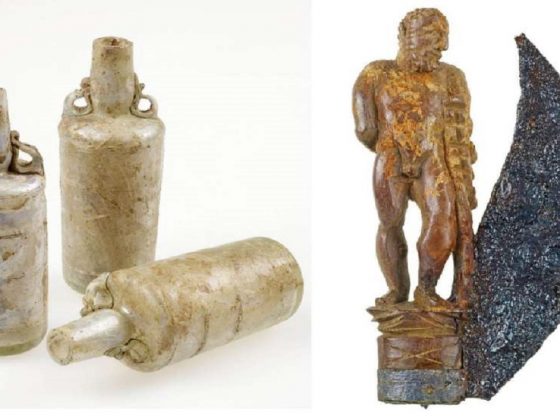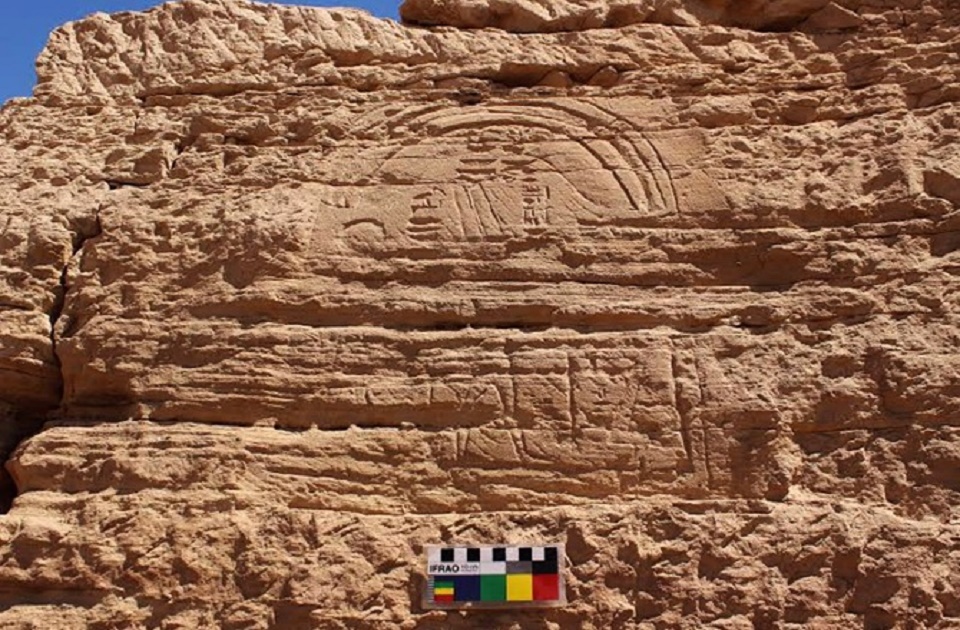
A team of archaeologists has made several rare findings at an ancient quarry in Egypt.
The archaeological collaboration between several universities is led by Maria Nilsson from Lund University in Sweden. The team has made several new discoveries and among these two half-finished obelisks and an immense rock carving that could hint of a previously unknown cult.
The archaeological excavation has been ongoing since 2012 excavating at the sandstone quarries of Gebel el Sisila found near the city of Aswan, about 850 kilometers south of Cairo.
One major discovery is a rock carving of the vertical face of the quarry wall, depicting the pharaoh presenting offerings to Thoth, the ancient god of wisdom, and Amun-Ra, the king among gods. This carving is believed to be at least 2,500 years old and the fact that it is dedicated to two gods are very unusual. Gods are almost always depicted separately and very rarely presented together, the archaeologists speculate that the combination could be a unique cult.
The archaeologists have been able to interpret some of the inscriptions, “Amun-Ra, King of the Gods, Lord of (-)”, and “Thoth, Twice Great, Lord of (-)”, and just below the winged solar disc of the pharaoh the text reads: “Lord of the Two Lands, Behedet (Horus of Edfu).”
Modern imaging technology is used by the archaeologists to obtain information not visible to the naked eye. This technology has proved to be a great help to see details that would a couple of decades ago remained elusive.
The Gebel el Sisila quarries supplied all building material for temple construction across southern Egypt, such as to the famous Luxor, the great capital of Egypt during the New Kingdom (1550 BCE – 1077 BCE), and the glorious city of the god Amon-Ra.
_______________
Gebel el Silsila Survey Project
______________________________

